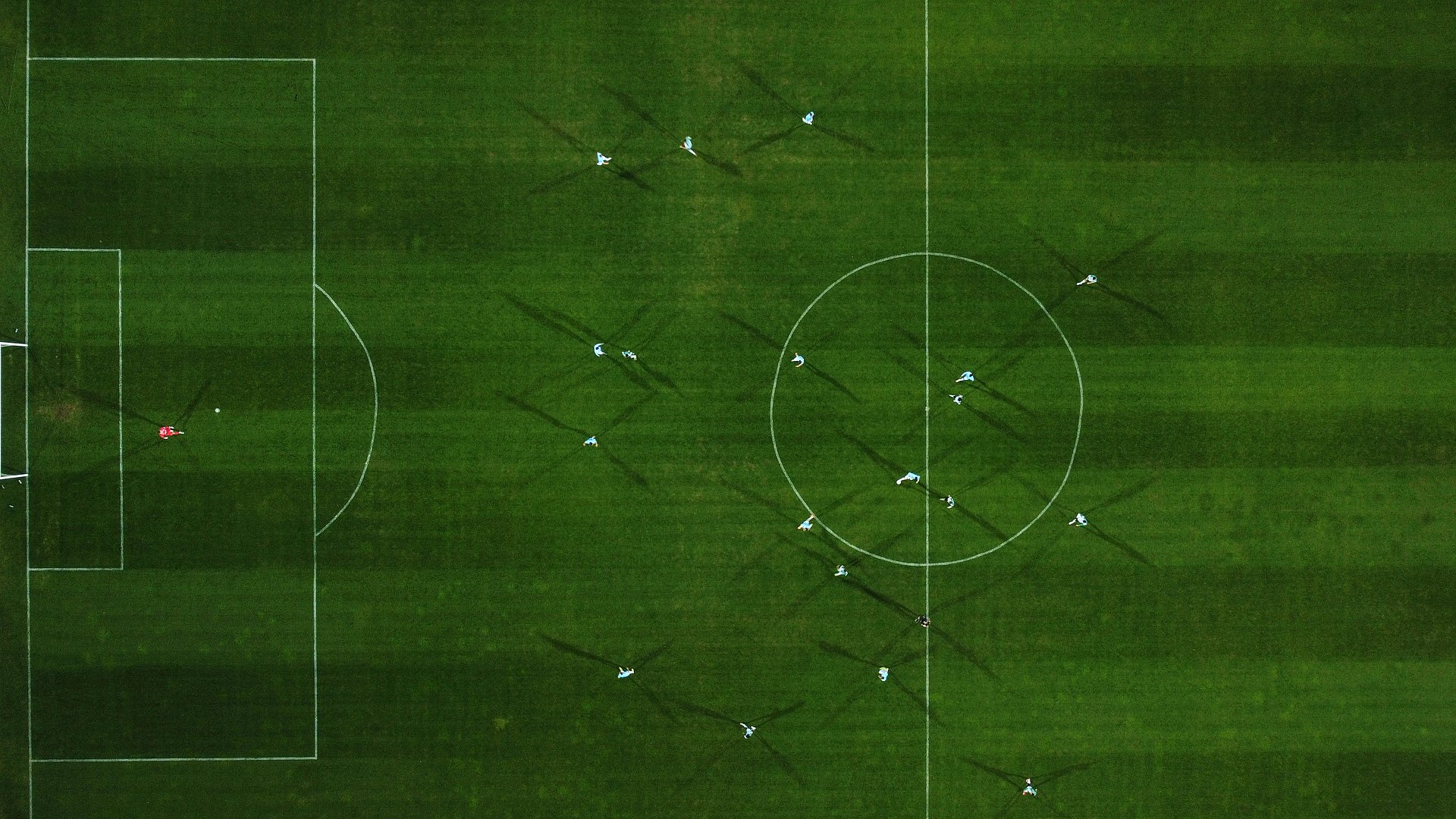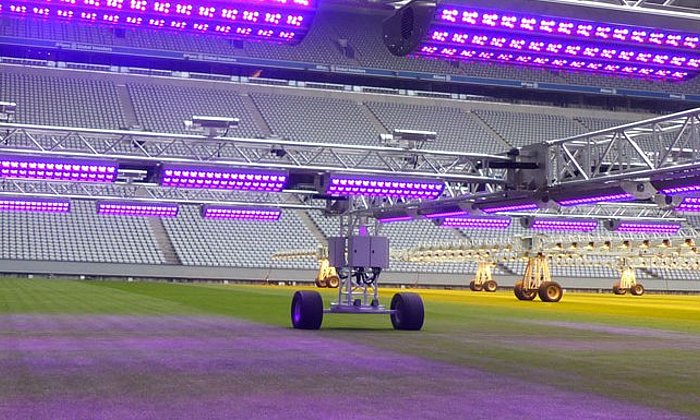Sport informatics professor Daniel Link on data analysis at the European Championship
"Soccer is still a chaotic game"

At the 2024 European Football Championship, a huge amount of information will be collected during the individual matches. How is this data recorded?
There are three different data sources. Firstly, match data such as passes, shots on goal or tackles are recorded manually by data loggers. Secondly, there are optical methods: The pitch is captured by several cameras that recognize the movements of the players and the ball in the video image. At Euro 2024, the ball itself contains a sensor, too.
What happens to the match data?
The raw data is stored in a central database and used to derive a standard set of performance indicators such as running performance, passing rates and duel statistics. These are made available directly to the teams involved and to the media. This data set is sufficient for many teams. However, teams can also derive their own information from the raw data.
How do they benefit from analyzing the data themselves?
There is potential for more in-depth tactical analyses, for example using machine learning methods. These can, for example, help to recognize complex tactical constructs such as pressing or counter-pressing and to assess in which situations which style of play is successful.
You work on such programs yourself...
Yes, our research focuses on the mathematical modeling of sports games. To this end, we work closely with colleagues from the field of computer science at the Munich Data Science Institute (MDSI) at TUM, among others.
What appeals to you about bringing AI and sport together?
AI is particularly suitable for solving complex classification problems. Sport is an extremely interesting field of application because human behavior is studied here in a natural, highly competitive environment that is also reduced in complexity by the rules. One example of this is the recognition of match phases based on the tactical intentions of the teams. In addition, the analysis of sports data is a large branch of industry that offers career prospects for students.
You organized a soccer hackathon for students at TUM at the beginning of the year. What was the participants’ background? Was it mostly computer science or sports science?
People from very different disciplines came together during the hackathon. Still, they all shared a passion for soccer. There were participants from sport science and computer science, but also from economics, physics and other fields.
What was their task?
We asked them to work on six challenges from the world of soccer. For example, to analyze the turn-over behavior after winning the ball and to evaluate the availability of individual players. As a partner of the competition, the German Football League provided data from Bundesliga matches. A jury of scientists, industry representatives, and practicians then selected the best approach.
Will the winning algorithm now revolutionize match analysis?
The algorithms are prototypes. Such ideas can be starting points for products, for example for media enhancement or for analyses for professional clubs. But it's a long way from a prototype to a finished product.
Statistics have also become an integral part of soccer reporting. How do you feel about this?
These statistics are more about entertainment – easily understandable figures for the audience and something the commentator can talk about when the game is boring. This data is rarely meaningful. Take the pass rate: a high pass rate says nothing about whether good passes were played behind the defensive lines or whether the ball was passed to the closest unchallenged teammate umpteen times. To actually make tactical decisions, you need more complex information.
Will the analysis algorithms be so sophisticated at some point that soccer as a game will be over?
No, soccer is still a chaotic game. It thrives on many random elements such as post shots or deflected balls, but of course teams must force those. It is difficult to predict how any individual match will end. That's what makes the game so interesting – the underdog can sometimes win. What's more, the way soccer is played is constantly evolving. Data helps to better understand individual aspects and control training loads. We are only at the beginning when it comes to using this data comprehensively.
- Chair of Performance Analysis and Sports Informatics
- Prof. Daniel Link is a core member of the Munich Data Science Institute (MDSI).
Technical University of Munich
Corporate Communications Center
- Paul Hellmich
- paul.hellmich@tum.de
- presse@tum.de
- Teamwebsite
Contacts to this article:
Prof. Dr. Daniel Link
Technical University of Munich
Chair of Performance Analysis and Sport Informatics
Tel. +49 (89) 289 – 24500
daniel.link@tum.de




